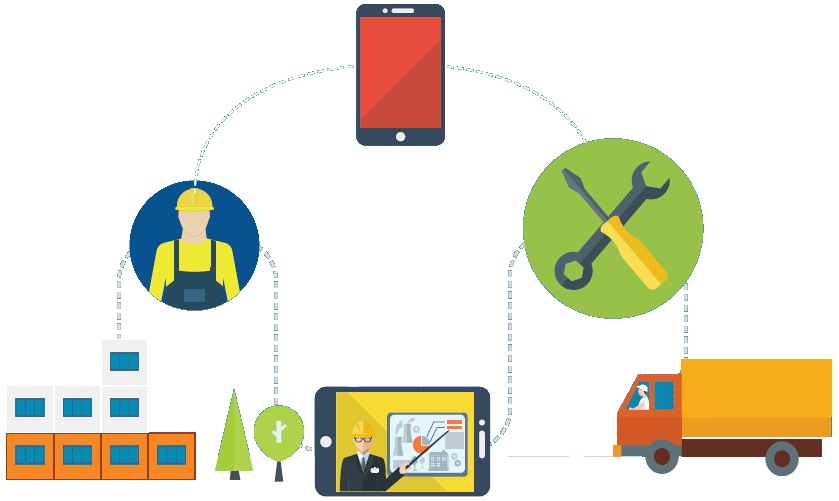Field Service Next West 2026
April 7 - 9, 2026
Hilton Bayfront, San Diego, CA
3 Simple Ways to Increase First Time Fix Rates

Apart from customer satisfaction, first time fix rate is an essential measure of a functional service operation.
A technician's ability to solve problems on site boils down to three main points.
- Preparation on arrival
- Accessibility of resources (for unanticipated issues)
- The strategy, training, and tools provided by the service manager
We'll explore three steps to put technicians in a position to succeed and increase first time fix rates.
Step one: Strategic tune-up
Say you're going to play a game of chess with an opponent you know is a practiced player. While you both possess the same knowledge of how each piece is allowed to move across the board, the element of strategy and foresight is what will decide the outcome of the match. Unless you’re prepared to move with purpose, it’s likely you’ll lose the upper hand.
Similarly, two field service operations with the same equipment and employees may function differently, based on the amount of strategy that goes into their planning before an employee goes on site.
You should ensure that your strategy maximizes the effectiveness of your employees' time.
For example: Offering customers a preferred time slot that works for their schedules, as opposed to the closest possible appointment.This allows the flexibility to stack technicians’ days with service calls that are located strategically near each other. Maximize their time in the field and allow them to take more time to ensure a first time fix.
Step two: Training
The purpose of training is not necessarily to tell a technician how to do a specific task, although that is certainly a large part of most programs.
The most effective training will not only illustrate how to perform, it will also go the distance to explain the functionality of the tools. Training must prepare technicians to adapt to situations they encounter in the field.
Training should cover:
- The proper functioning of tools and devices
- When to escalate a problem
- How to access additional resources while on site
- A basis for following up on remote diagnostic findings (so the right tools and parts are brought on site)
At the end of the day, while tools, mobile in particular, help to relieve some of the need for technician expertise, investing in training for remote employees tends to return dividends as the technology is used more creatively.
Added bonus: A more highly trained technician functions as a better brand ambassador, making an impact on customer satisfaction and retention that should not be overlooked.
Step three: Tools
Without the right tools, the most knowledgeable techs will have problems getting the job done. Without appropriate training, those tools may not make the difference that they should.
Ultimately, for any new tool to make an impact on your first time fix rate, you should spend the time to explain its functionality to your workforce and then support them when they take it into the field.
In particular, mobile devices are rapidly being used as a means to give technicians diagnostic tools that can be synced with headquarters. They can also be used to consult with senior technicians remotely or to “swarm” a problem by sharing it with an entire technical team at once.
Mobile strategy can help increase first time fixes by allowing a technician to escalate a challenging problem, multiplying the knowledge your organization can bring to bear. Paired with a training program that seeks to explain device functionality and provide a clear path for getting more support, trouble tickets can be kept to a minimum as the workforce becomes comfortable with their new tools.
The most exciting applications of tools are based on the fact that they can exponentially increase the amount of knowledge brought to bear on a single problem, leading to a much higher incidence of solutions being identified on a first visit.
















